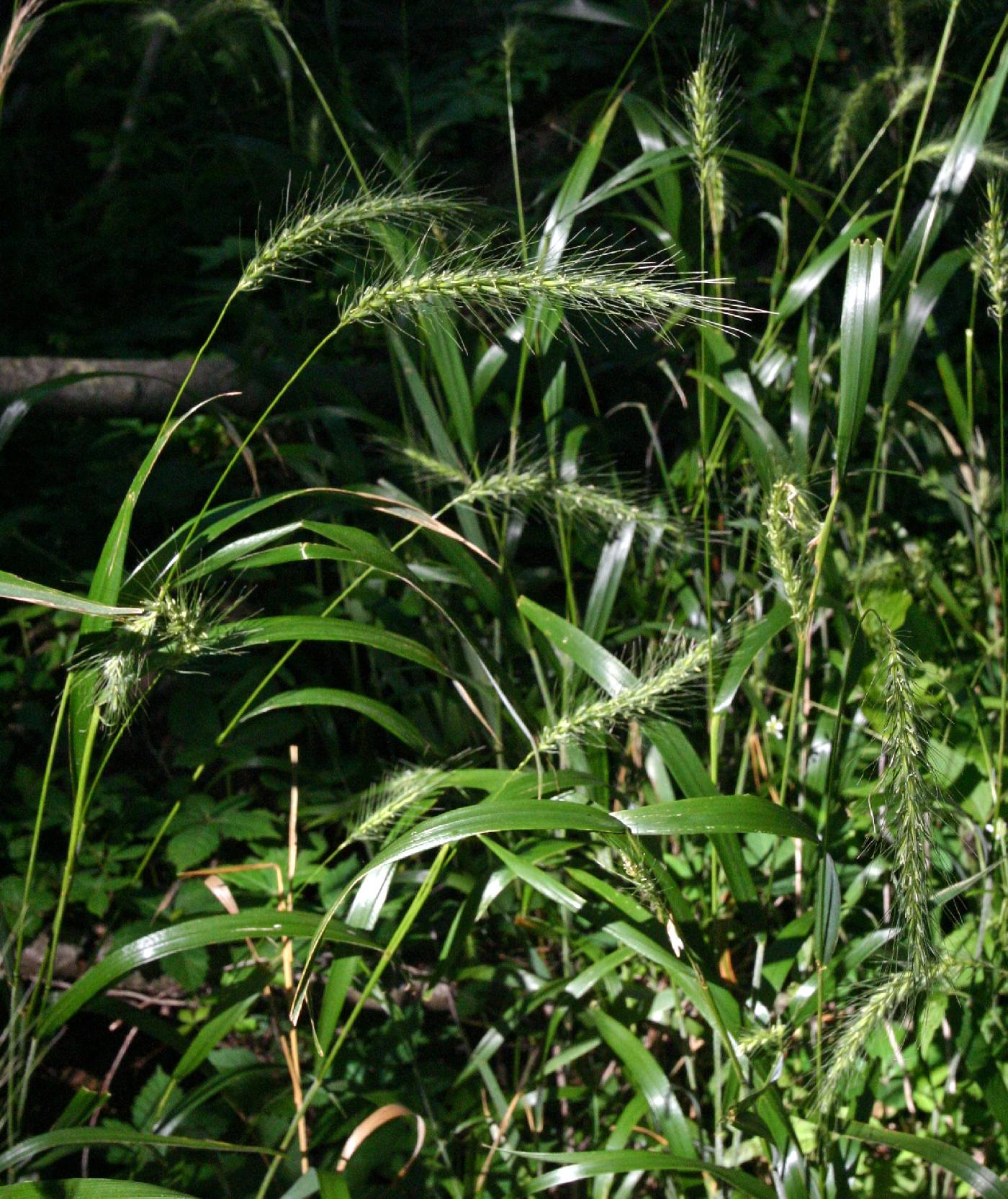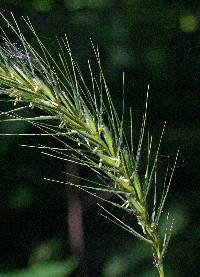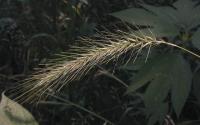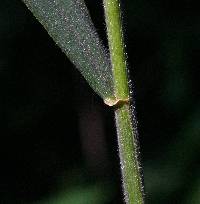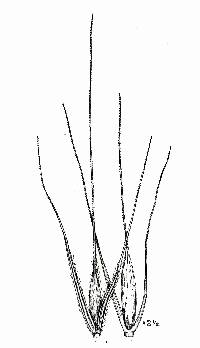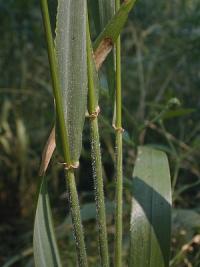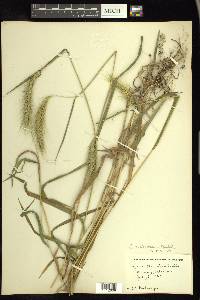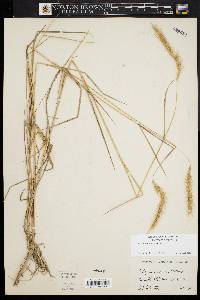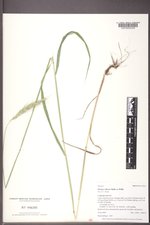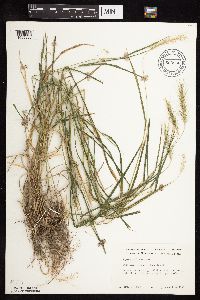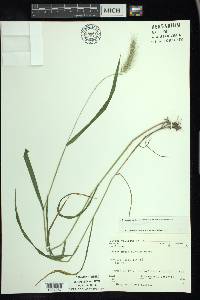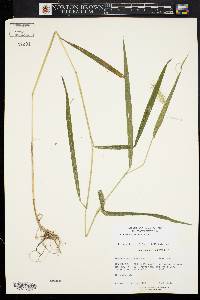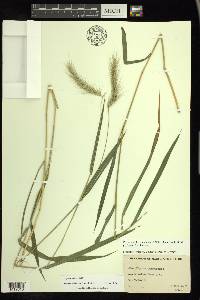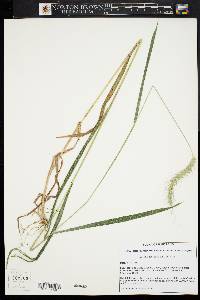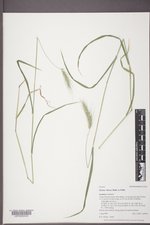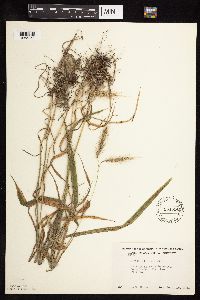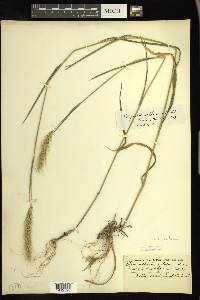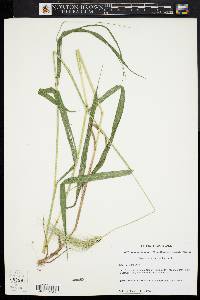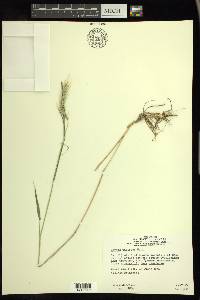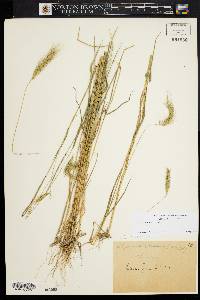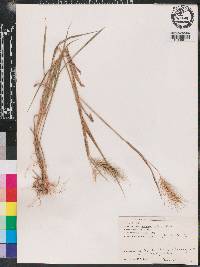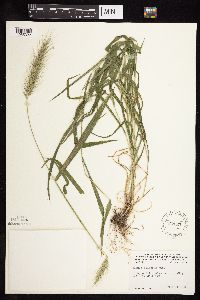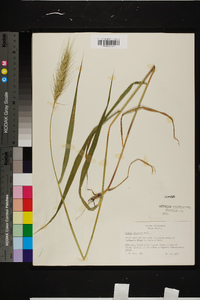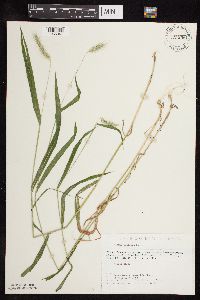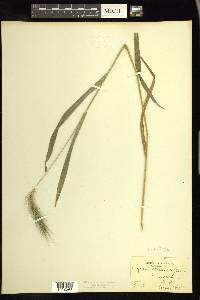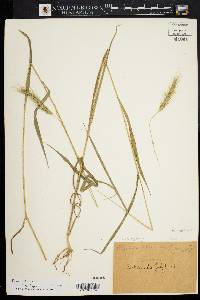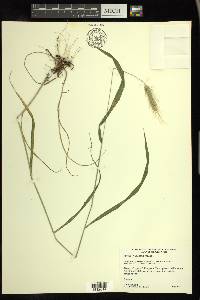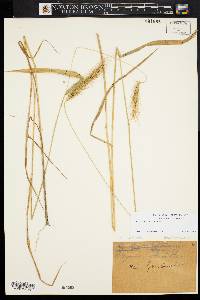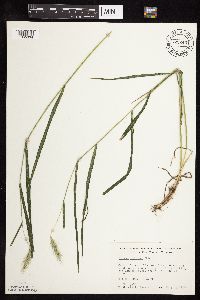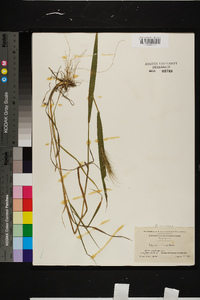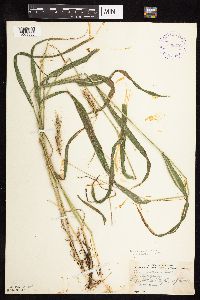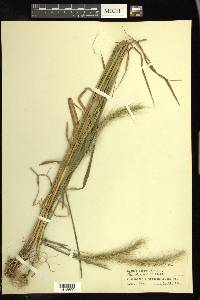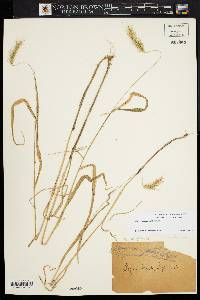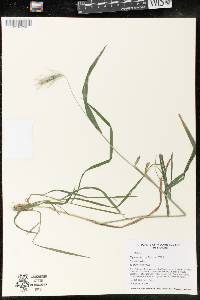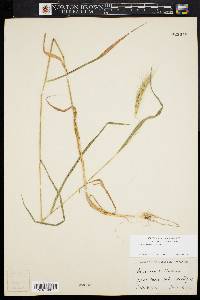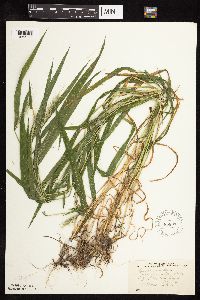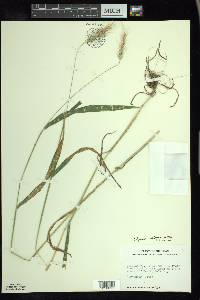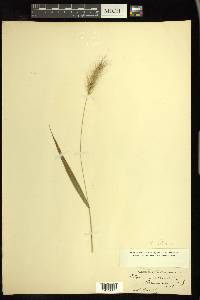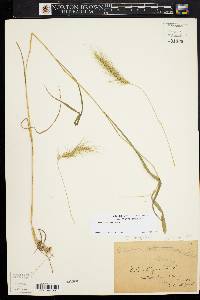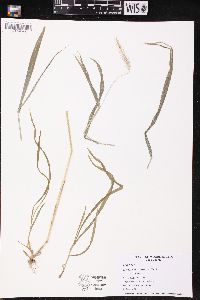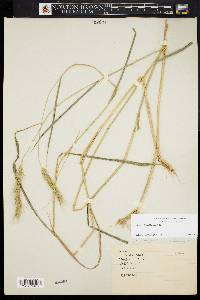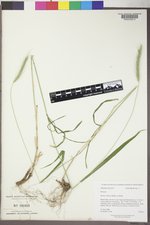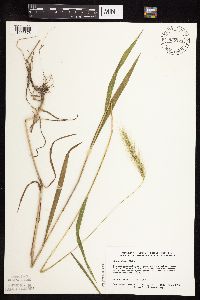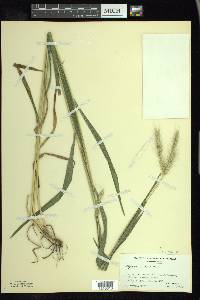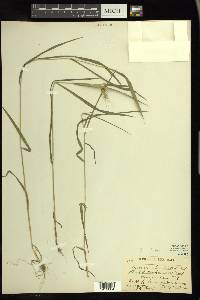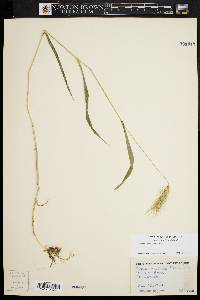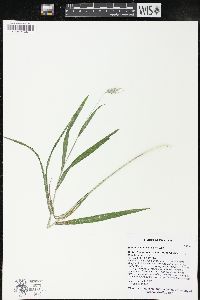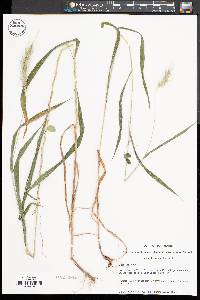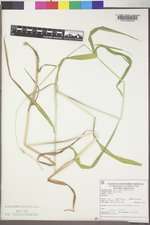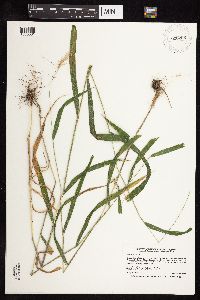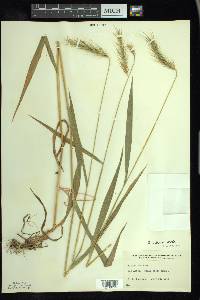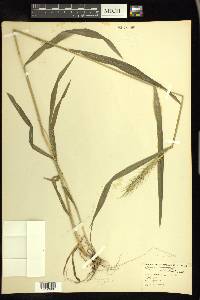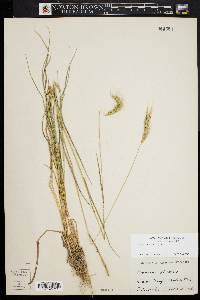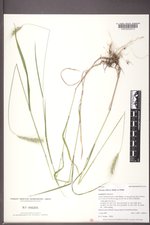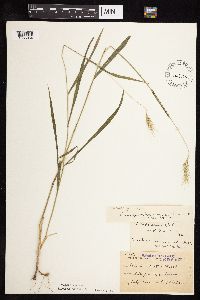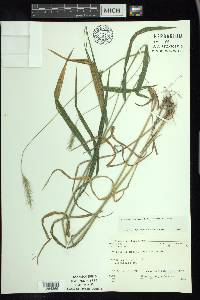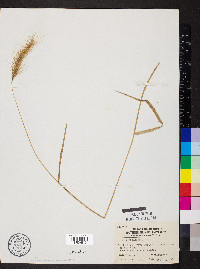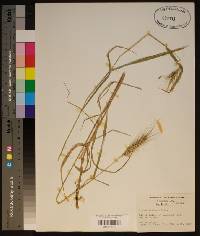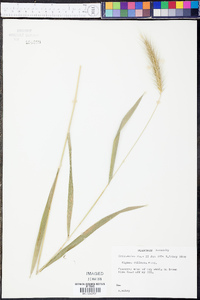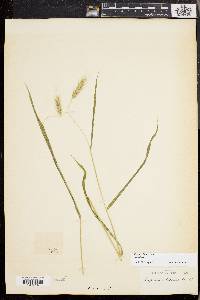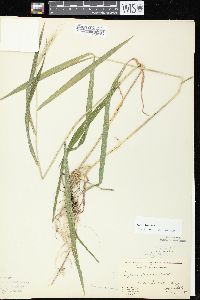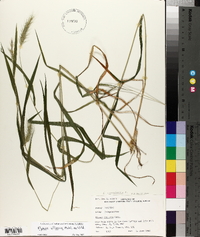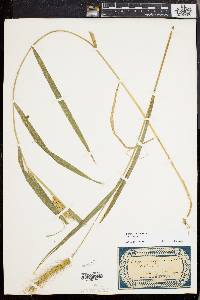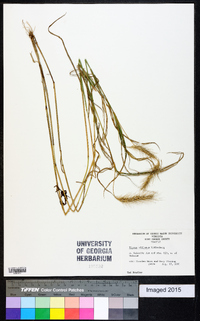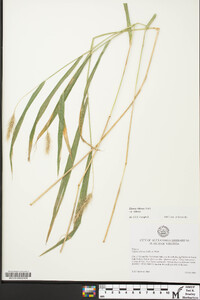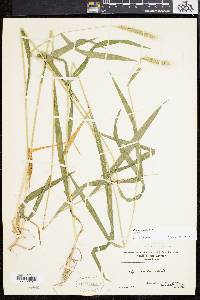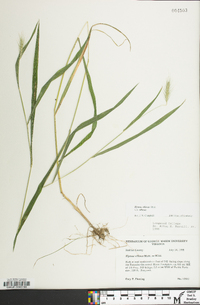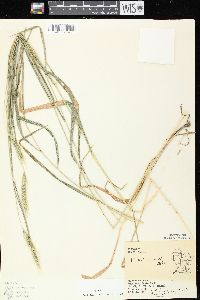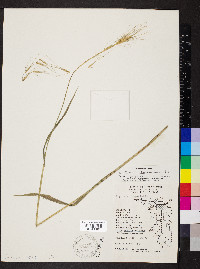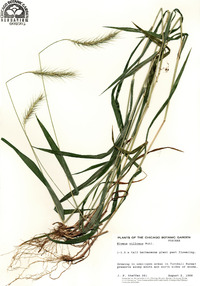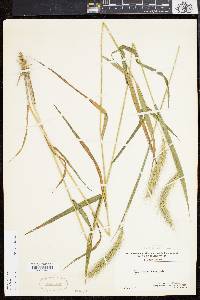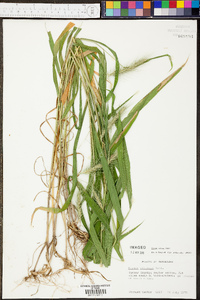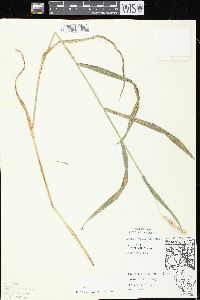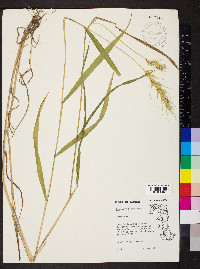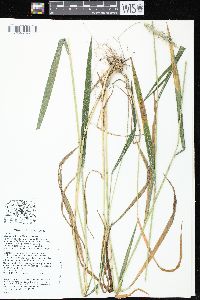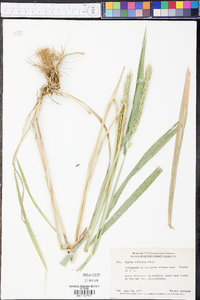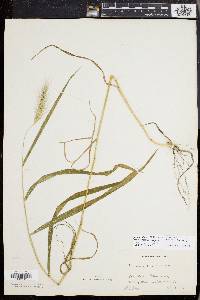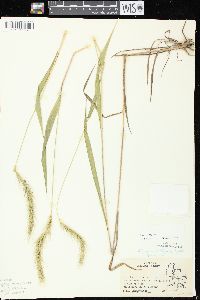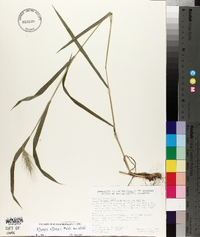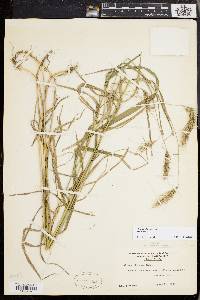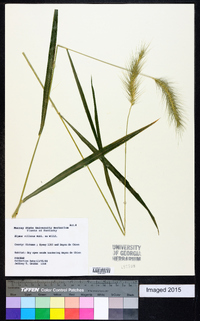Elymus villosus
|
|
|
|
Family: Poaceae
Hairy Wild Rye, more...hairy wildrye, slender wild-rye
[Elymus arkansanus Scribn. & C.R.Ball, moreElymus canadensis var. villosus Bates, Elymus propinguus Fresen. ex Steud., Elymus striatus var. ballii Pammel, Elymus striatus var. villosus (Muhl. ex Willd.) A. Gray, Elymus villosus var. arkansanus (Scribn. & C.R.Ball) J.J.N.Campbell, Elymus virginicus subsp. villosus (Muhl. ex Willd.) Á. Löve, Hordeum villosum (Muhl. ex Willd.) Schenck, Terrellia villosa (Muhl.ex Willd.) B.R.Baum] |
Plants cespitose, not rhizomatous, often persistently deep green. Culms 40-130 cm, erect; nodes 4-8, concealed or exposed, glabrous. Leaves evenly distributed; sheaths villous-hirsute, pilose, or occasionally glabrate, occasionally reddish brown; auricles 1-3 mm, brownish; ligules less than 1 mm, entire or erose; blades 4-12 mm wide, lax, dark glossy green, adaxial surfaces densely velutinous-villous with fine whitish hairs, or rarely pilose only on the veins. Spikes 4-12 cm long, 1.5-3.5 cm wide, slightly or strongly nodding, exserted, with 2 spikelets per node, or rarely with 1 or 3 at a few nodes; internodes (1.5)2-3(4) mm long, 0.15-0.25 mm thick at the thinnest sections, usually hairy below the spikelets, rarely glabrous. Spikelets 7-12 mm, moderately divergent, with 1-2(3) florets, lowest florets functional; disarticulation above the glumes and beneath each floret. Glumes equal, 12-25 mm including the often undifferentiated awns, the basal 0.5-2 mm terete, slightly indurate, straight or nearly so, without evident venation, glume bodies 7-10 mm long, (0.2)0.3-0.8 mm wide, linear-setiform, widening or parallel-sided above the base, 2-3(4)-veined, usually hirsute to hispid, occasionally scabrous to scabridulous, margins firm, awns 5-15 mm, straight; lemmas 5.5-9 mm, usually villous with fine, whitish, spreading hairs, especially near the margins and apices, sometimes glabrous or with coarser hairs, sometimes scabrous, awns 9-33 mm, straight; paleas 5-7.5 mm, obtuse, occasionally emarginate; anthers (1.6)2-3(4) mm. Anthesis early June to early July. 2n = 28. Elymus villosus grows in moist to moderately dry, often rocky soils in woods and thickets, especially in calcareous or other base-rich soils, but it is also frequent on drier, sandy soils or damper, alluvial soils in glaciated regions. It extends from the Great Plains east to southern Quebec, northern New York, and Vermont south to Texas, Georgia, and South Carolina. It is absent from the southern portion of the coastal plain. Elymus villosus is relatively uniform and distinct, although it has sometimes been confused with hairy plants of E. canadensis -and E. glabriflorus . The hairs of E. villosus are fine, whitish, and consistently dense on the leaf blades, typically spreading in the spikelets; the hairs of the other species are typically stouter and more appressed in the spikelets. Plants called E. villosus var. arkansanas (Scribn. & C.R. Ball) J.J.N. Campb. -are scabrous to glabrous in the spikes, except for the ciliate rachis margins, and often more robust. These are scattered over much of the species- range, except in the north (from Wisconsin to New England), and are locally more frequent than typical plants in the Ozark Mountains and other midwestern hills. Some other western plants (including those called E. striatus var. ballii Pammel ) have unusually large, almost erect spikes, suggesting introgression from E. virginicus . There are rare apparent hybrids with species in the E. virginicus group, but the only proven natural hybrid is with Hordeum jubatum -(see -Elyhordeum ). Artificial crosses with several species failed to produce healthy F1 plants (Church 1958). Tufted, slender, 3-10 dm; lvs 5-7, usually softly villous on the upper side, the main ones 5-10 mm wide; sheaths glabrous to pilose; spikes 5-12 cm, arcuate, copiously villous- hirsute or sometimes glabrous to scabrous, closely fld, the internodes mostly 1.5-3 mm; spikelets 1(2)-fld, paired on the rachis; glumes setaceous, 15-30 mm overall, 0.4-1 mm wide, indurated and terete for 1-3 mm at the straight or somewhat bowed-out base, not widened above, strongly 1-3-nerved; lemmas 2-4 cm, including the straight, ascending awn; paleas mostly 5.5-6.5(-7) mm, obtuse, 2n=28. Dry woods and banks; Vt. to N.D., s. to N.C. and Tex. A hybrid with Hordeum jubatum has been called lyhordeum iowense Pohl. Gleason, Henry A. & Cronquist, Arthur J. 1991. Manual of vascular plants of northeastern United States and adjacent Canada. lxxv + 910 pp. ©The New York Botanical Garden. All rights reserved. Used by permission. From Flora of Indiana (1940) by Charles C. Deam Infrequent to frequent throughout the state. This species prefers a dry and rather sandy soil, although it is sometimes found in moist situations. It is found mostly on wooded slopes, crests or ridges, on alluvial banks, and rarely in the open along roadsides. [The form arkansanus has more or less glabrous lemmas and glumes,] This form has been found in only a few counties. It grows in habitats similar to those of the species. ...... Indiana Coefficient of Conservatism: C = 4 Wetland Indicator Status: FACU |
|
|
|

